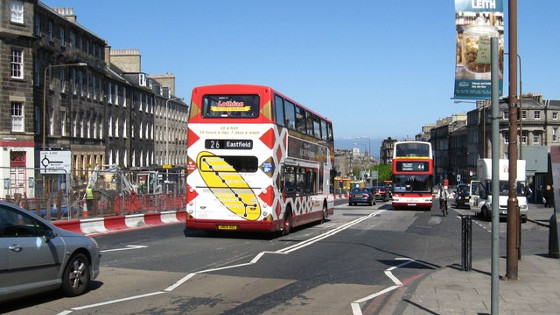Let's visit the palace!
Edinburgh is a wonderful city, with an area of 264 km2. The population in 2013 was 487,500. Edinburgh lies at the heart of a larger urban zone with a population of 778,000. Edinburgh is home to the Scottish Parliament and the seat of the monarchy in Scotland.
At the end of the session, you will have:
- used a thinking routine about the Holyrood Palace.
- revised and practised the present continuous.
- learnt the time expressions the present continuous is used with.
To start with, let’s begin with a thinking routine, about the official residence in Scotland of the Royal Family. Look at the picture of the palace:
Ad Meskens. Edinburgh Holyrood Palace from Holyrood Park (CC BY-SA)
After viewing this palace, answer the questions below:
- What do you see?
- How do you imagine the palace?
- How many bedrooms?
- How many bathrooms?
Take a look at the Holyrood Palace Then, answer the following questions:
- What do you think about living in a palace?
- Have you ever visited a palace?
- What does it make you wonder?
Remember that the Holyrood Palace must be part of the route at your Google Sites map.
Continue with your posts on Twitter (#taskposter and #EDIAedinburgh) Have you ever visited a palace? Which one/s? You can share a picture of the palace you have visited or the one you would like to using the hashtags. The 'Rubric to assess a Tweet' can help you do a good job in this social network.
